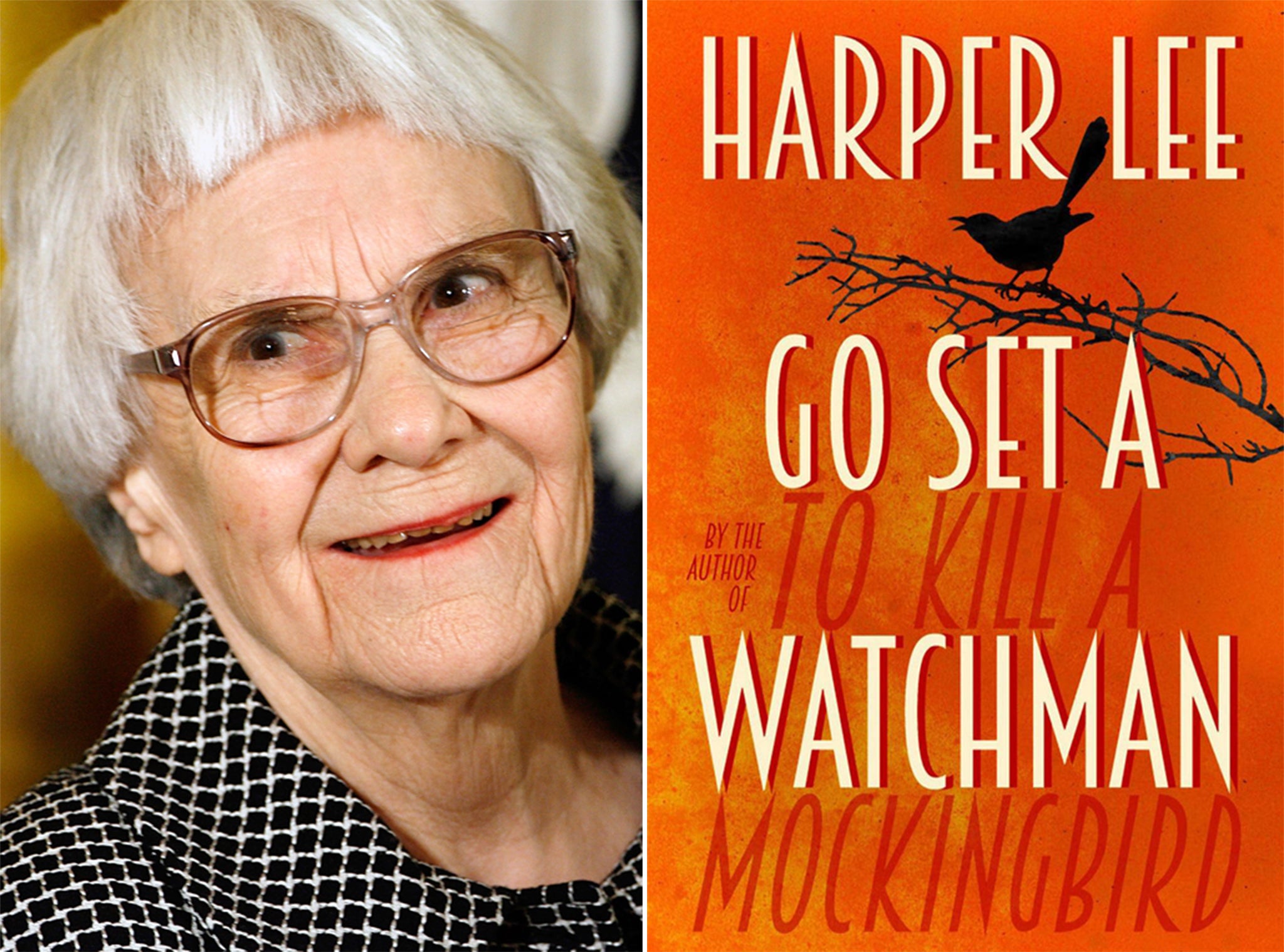


This Atticus, we're told, joined the Ku Klux Klan in his youth now, he's on the local Citizens Council. In To Kill a Mockingbird, Atticus was his own man here, he essentially tells Scout you have to go along to get along. This Atticus is different in kind, not just degree: He's like Ahab turned into a whale lover or Holden Caulfield a phony. One could say, as some commentators already have, that Atticus here displays layers of contradictory attitudes about race harbored by whites, no matter how progressive. There are lots of dead patches in Go Set a Watchman, pages where we get long explanations of, say, the fine points of the Methodist worship service.īook News & Features Harper Lee's Friend Says Author Is Hard Of Hearing, Sound Of Mind Allegedly, it's a recently discovered first draft of To Kill a Mockingbird, but I'm suspicious: It reads much more like a failed sequel.

Go Set a Watchman is a troubling confusion of a novel, politically and artistically, beginning with its fishy origin story. Now 72 and crippled by arthritis, he's still a wry patriarch, but in one of the novel's key scenes - set, as in To Kill a Mockingbird, in Maycomb's courthouse - Atticus allies himself with the kind of men who several years later stood shoulder to shoulder with Bull Connor and George Wallace. Others, like Calpurnia, look at Scout, here called by her grown-up name of "Jean Louise," as though she were, well, a white lady.Īnd then there's Atticus. TV and air-conditioning have changed the landscape, and beloved childhood friends like Dill and her brother Jem have vanished. How?Īs another Southern writer once said, "You can't go home again." In Harper Lee's Go Set a Watchman, which takes place in the mid-1950s, a 26-year-old Scout Finch takes the train from New York City home to Maycomb, Ala., and finds the familiar world turned mighty strange. Your purchase helps support NPR programming. Close overlay Buy Featured Book Title Go Set a Watchman Author Harper Lee


 0 kommentar(er)
0 kommentar(er)
